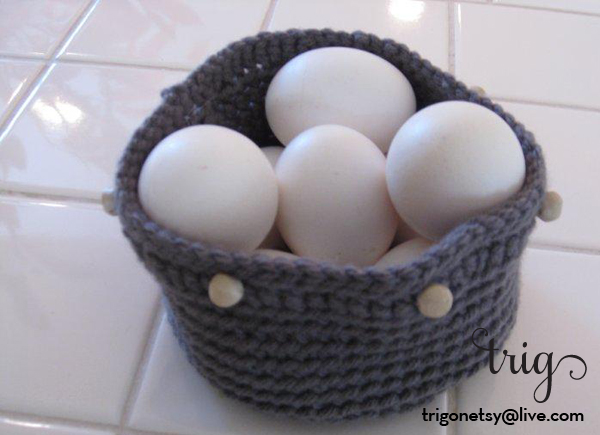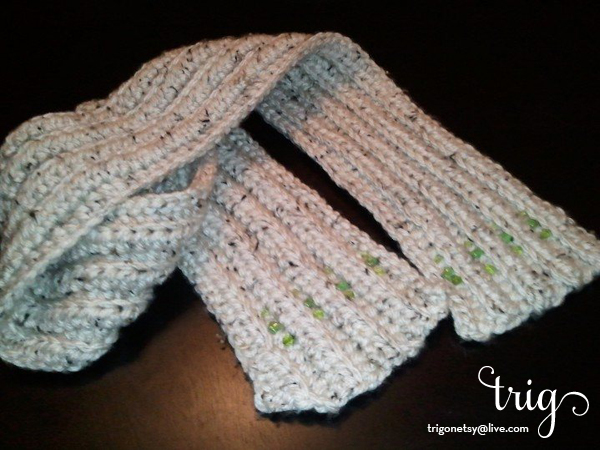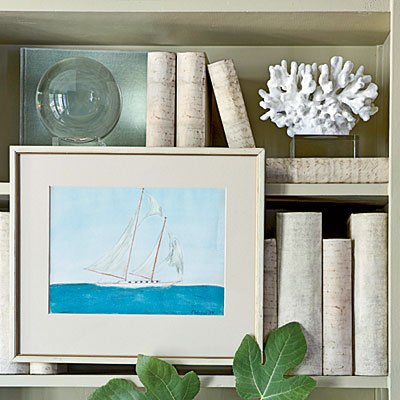Granted, digital media is overwhelming. There are tons of different file types and when you throw compression into the mix it's like trying to comprehend chemistry in Latin (for those of us that don't speak Latin). Here's a breakdown that should give anyone in an office environment the know-how to provide the right image file for any occasion.
We'll begin at the beginning, what is a digital image? There are two types: vectors and bitmaps. Very generally speaking, in office settings you will come across logos as vectors and pretty much everything else is a bitmap.
The fancy-schmancy image type that a lot of graphic designers use are vector images. The information that makes up an image is stored in a set of directions a computer understands called algorithms. The great thing about vector art is the ability to re-size it without any loss of image quality. If you want to change your post-it note size image into a billboard, the algorithm recalculates everything and voila, you have a billboard sized image.
The other type of image, a bitmap, is what you get when you take a picture with your digital camera or save a picture from the internet. Bitmap images are made up of lots of tiny squares called pixels. Imagine a grid and different color "bits" filling all the squares. Lots of those tiny bits run together and your eyes process an image. Remember, remember, always remember, you can't add more pixels. Whatever you have, you're stuck with. A bitmap image can be made smaller, not bigger. If you make it bigger it gets "pixelated" which means you have jagged lines where edges of the pixels are showing up and the picture looks like crap ( yes, that's the graphic-industry technical term).
The key to understanding and using bitmap images is resolution. When you see "dpi", it is referring to the resolution of an image or the "dots per inch". If you're looking at 10 dots spaced evenly in a square inch they are far enough apart to see each dot individually. This would be poor, poor resolution. Picture a few more dots in the square. Images on the internet usually have 72 dots per inch. That is about the least amount of dots you can have in an inch that your eyes process as a reasonable quality image rather than individual dots. Now jump ahead and picture that same square inch with 300 dots filling it in. You can't make out individual dots at all, right? Your eye sees a nice smooth transition between colors. Resolution boils down to how dense the pixels are in your image. What should you remember out of all this? Resolution tells you the quality of your image. 72 dpi is small, suitable for electronic needs. 150-200 dpi is probably the resolution your office scanner is set to zap in documents at. 300 dpi is the minimum quality a professional printer will accept.
Where does all this leave you, esteemed office worker? Let's say you're lucky enough to have a few different versions of your company's logo. This is what they're good for:
companylogo.EPS - This is a vector file. If your graphic designer or printer asks you for a copy of your logo, this is what you send them (if you're lucky enough to have one).
companylogo.JPG - If you don't have an EPS file you can use a JPG file if the resolution is at that 300 dpi level I described before. Here's the trick, you may not have software installed on your computer to know what the dpi is. Look at the size of the image to get an idea. If it is measured in KB (kilobytes) the quality is too poor for use by a printer. If it is measured in MB (megabytes) you're probably good to go. This is the file you'll want to use when you are working on reports and things, too. The easiest way to check the size of an image is to attach it to a blank email and send it to yourself. Don't delete the KB-sized JPG though, that's the version you will use online or in your email signature.
companylogo.GIF - Typically used to save an image that has a transparent portion. GIF files are small and good for using online if your image is clipart. Don't try to save your vacation pictures as GIF files, it won't be pretty. GIF files are small because they have a trick of condensing colors. Your vacation picture of a glorious sunset over the ocean that has millions of different shades of pinks and purples will be converted into a picture with a couple hundred colors. Not quite as glorious.
Real-life scenario, supergirl: I email you asking for a picture of your boss to put on an invitation. What do you send me? NOT their PDF or Word resume that has a picture in it! Let's work this out together. I'm asking for an invitation and you don't know if it will be going out via mail or email. You could ask me what my needs are, I'd be happy to tell you the invite will be sent electronically and via snail mail. Since you can't make a small image higher quality it would be best to send me your MB-sized JPG. It is big enough to print on an invitation and I can make it smaller for an electronic invitation.






